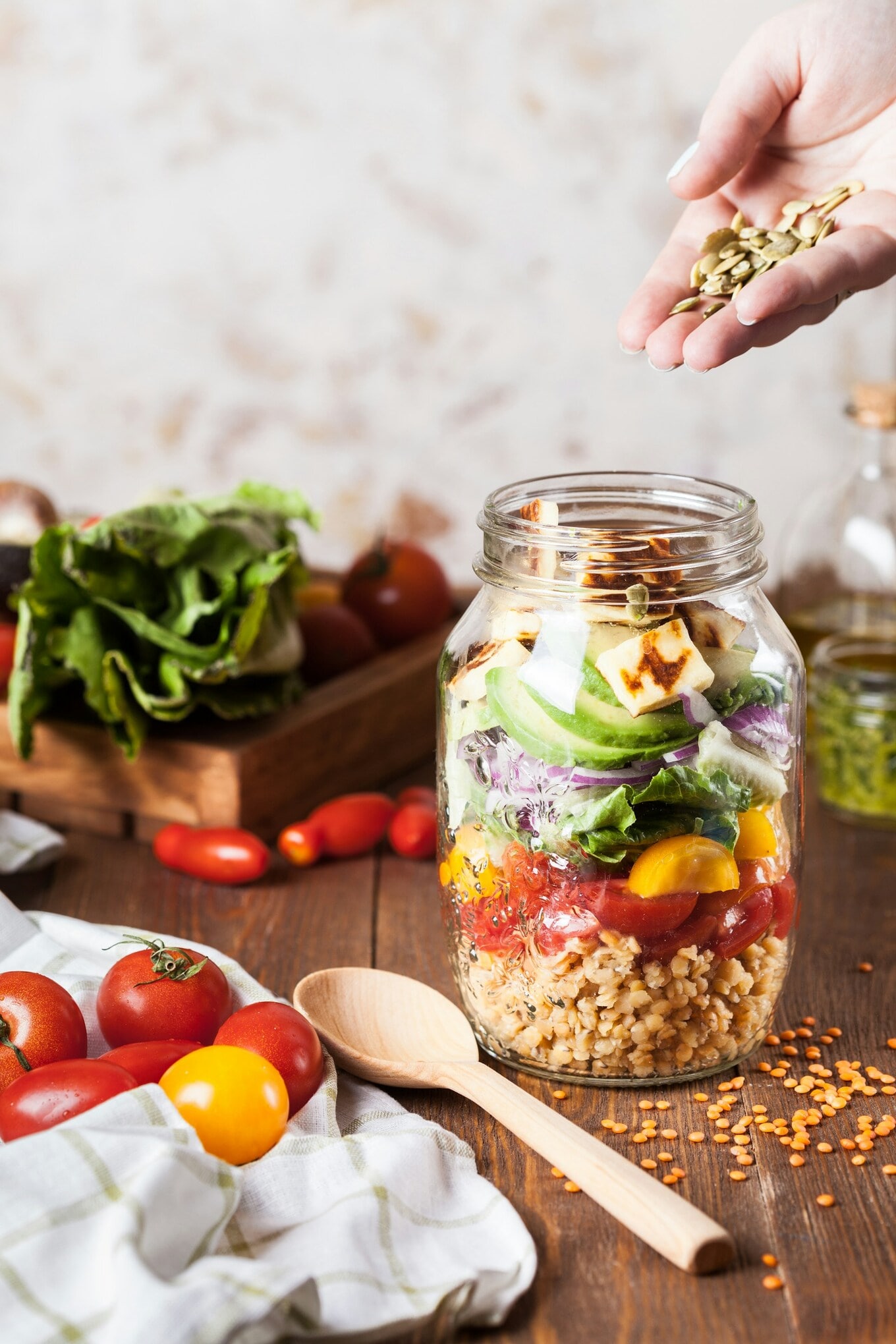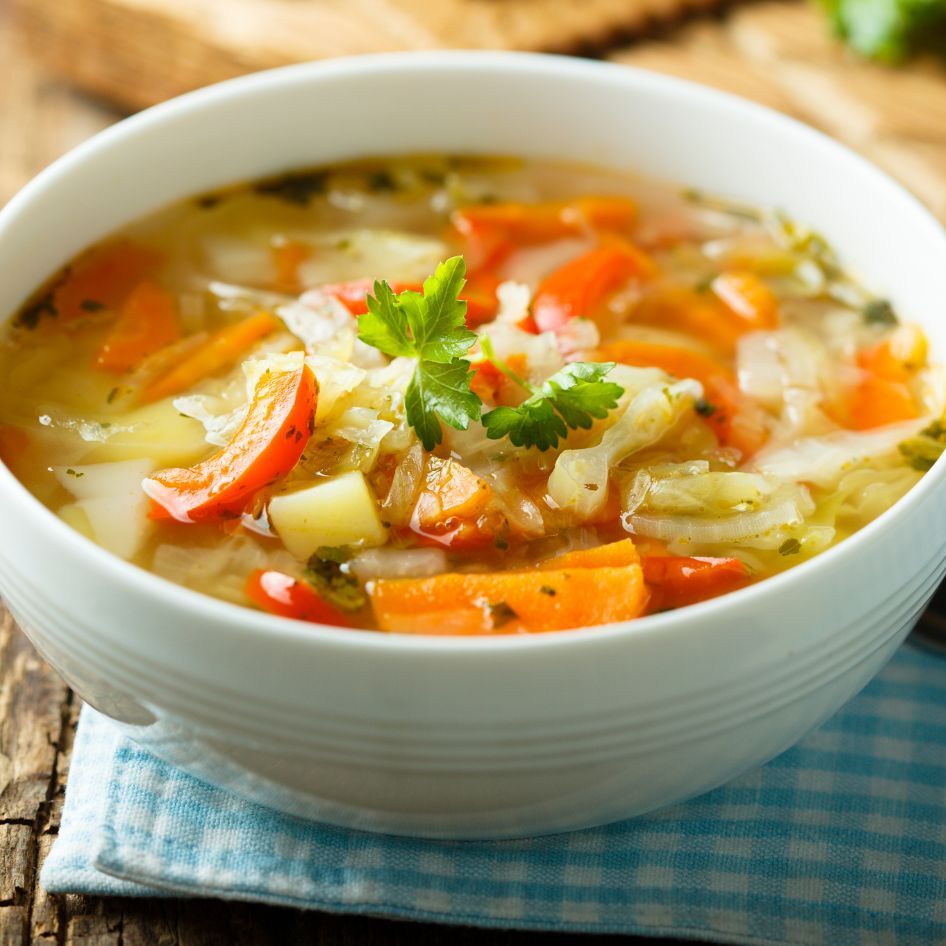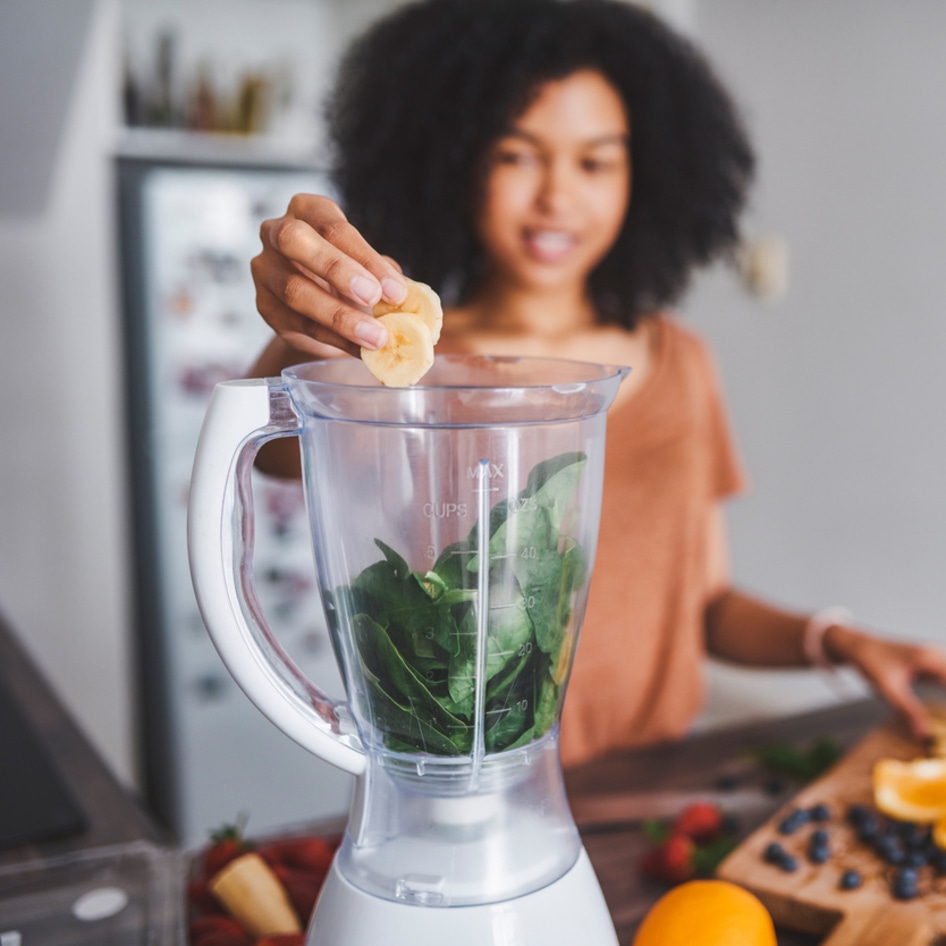GLP-1 weight loss medications like Ozempic, Mounjaro, and Wegovy are rapidly growing in popularity. In fact, research from KFF last year found that about one in eight Americans had either used or were currently using a GLP-1 weight loss drug.
The surge in popularity has been especially noticeable in Hollywood, where stars such as Meghan Trainor, Oprah Winfrey, and Whoopi Goldberg have openly discussed their experiences with these medications. While many have praised Ozempic and similar drugs for their effectiveness, others have been quick to highlight the significant risks involved.
Musician Robbie Williams, for instance, revealed that his use of an Ozempic-style drug led him to develop scurvy—or, as he put it, a “17th-century pirate disease.” “I’d stopped eating and I wasn’t getting nutrients,” he told The Mirror.
 Unsplash
Unsplash
This is a real concern with GLP-1 medications, which work by suppressing appetite and, ultimately, reducing the desire to eat. But weight loss isn’t the only outcome—users may also struggle to consume enough essential nutrients, leading to malnutrition and diseases like scurvy, which stems from a vitamin C deficiency.
To find out how users of GLP-1 medications can better protect their health, we spoke with Sapna Peruvemba, MS, RDN, founder of Health By Sapna, about why focusing on plant-based, whole foods rich in fiber and protein might help reduce the risk of malnutrition while on weight loss medications.
Why can Ozempic lead to malnutrition?
Ozempic and other medications like it contain an active ingredient called semaglutide, which mimics GLP-1, a natural hormone. “It slows gut motility, meaning food stays in your stomach longer,” explains Peruvemba. “This can suppress appetite.”
As a result of taking semaglutide, many people eat significantly less—sometimes too little to meet their nutritional needs. “Any time you’re eating less—whether through diet or with the help of a medication like Ozempic—you naturally take in fewer nutrients, which increases the risk of deficiencies,” explains Peruvemba.
For some people, the side effects of taking these drugs can also increase the risk of malnutrition. Common side effects of Ozempic include nausea, vomiting, diarrhea, and stomach discomfort, for example, which make it difficult to eat a balanced diet on a regular basis. But for many, the desire to eat is simply muted. However, experts caution that simply eating less isn’t the goal.
“I hear patients say, ‘It’s great. I’m not eating because I’m not hungry.’ That’s wrong,” Christine Goukasian, MS, RDN, a registered dietitian with UCLA Health’s Medical Weight Management Program, told UCLA Health. “We want you to still eat, because we want you to be nourished. We just want you eating the right things.”
Goukasian recommended eating “lean protein, fruits, vegetables, and whole grains such as quinoa, buckwheat, and barley,” because they’re high in fiber, protein, and plenty of vitamins and minerals. Peruvemba echoes this advice.
Why plant-based foods can help you stay nourished on Ozempic
“What you eat becomes even more important [on Ozempic],” says Peruvemba. “Plant-based foods tend to be naturally lower in calories but higher in fiber, which promotes fullness and satiety—key factors for both effective weight loss and long-term weight maintenance.”
Regaining weight after stopping the use of weight loss medication is common. According to Medical News Today, this is often referred to as “Ozempic rebound.” However, some foods, like oats, barley, asparagus, leeks, garlic, artichokes, apples, and bananas, can help you avoid this by increasing the natural production of GLP-1, says Peruvemba. “They feed beneficial bacteria in our gut,” she explains. “This helps regulate appetite and metabolism even after discontinuing the medication.”
 Unsplash
Unsplash
BECOME A VEGNEWS VIP: Get exclusive product deals, freebies, and perks galore!
Indeed, a growing body of research suggests that many plant-based, whole foods can help support weight loss. In 2023, for example, one study published in the Obesity Society’s research journal found that snacking on almonds can help support healthy weight loss. This is because they’re full of fiber, protein, healthy fats, and vitamins and minerals.
Another study in 2022, published in the Journal of Medicinal Food, suggested that swapping meat with potatoes and beans could help promote weight loss.
“You want to prioritize nutrient-dense foods that offer the most bang for your buck, like dark leafy greens, berries, beans and lentils, nuts and seeds, tofu, and fortified non-dairy milks,” Peruvemba says.
“It’s also especially important to preserve muscle mass. This is absolutely doable on a plant-based diet by including foods like beans, lentils, tofu, tempeh, nuts, seeds, and plant-based protein powders or fortified drinks.”
It’s important to note that this advice applies to everyone—not just Ozempic users. Williams isn’t alone in struggling with malnutrition. In fact, recent research suggests that scurvy might be making a comeback. In part, this is likely due to rising costs of living and the increased consumption of ultra-processed foods.
If you’re concerned about malnutrition for any reason, including as a result of taking GLP-1 medication, it’s important to consult a healthcare provider who can help you find a solution. Whether you’re using weight loss medications or not, prioritizing nutrition is important for long-term health.
“If you feel like your appetite is severely reduced on Ozempic and you aren’t able to eat enough to meet your needs, work with your doctor to reduce the dose,” advises Peruvemba. “Working with a dietitian can also make a big difference; they can help you create a nutrient-dense eating plan that fits within a lower appetite and monitor for any signs of vitamin or mineral deficiencies before they become a problem.”
For more plant-based stories like this, read:
JUMP TO ... Latest News | Recipes | Guides | Health | Subscribe









